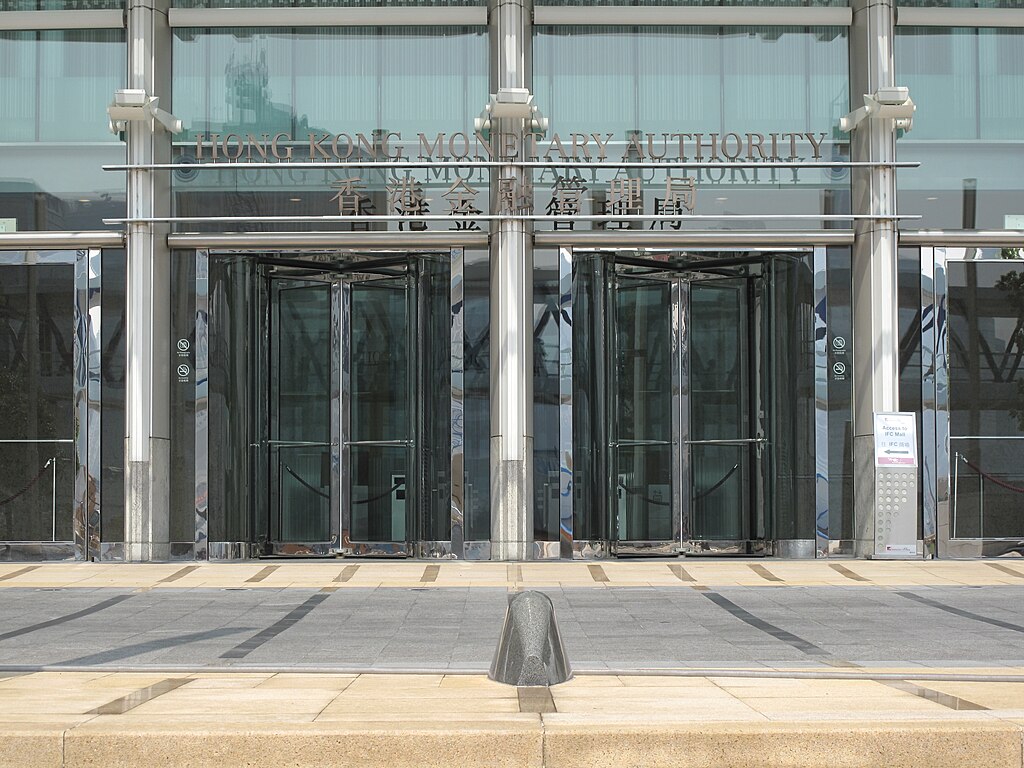Hong Kong's Monetary Policy Adjusts in Tandem with U.S. Fed
On Friday, the Hong Kong Monetary Authority (HKMA) lowered its base rate by 25 basis points, bringing it down to 5.0%. This move follows a similar decision by the U.S. Federal Reserve, marking another instance of Hong Kong aligning its monetary policy with the United States.
Why the Rate Cut?
Hong Kong's monetary policy is intricately tied to the U.S. dollar due to the city's currency peg. The Hong Kong dollar is fixed within a narrow range of 7.75-7.85 per U.S. dollar, requiring the HKMA to mirror the Federal Reserve's actions to maintain stability in the exchange rate. By adjusting its base rate, the HKMA ensures that the currency remains in line with global market conditions while stabilizing Hong Kong’s financial ecosystem.
Implications for Hong Kong's Economy
This rate adjustment reflects the ongoing alignment between the HKMA and the U.S. Federal Reserve’s policies. While the cut in base rates may ease borrowing costs in the city, it highlights Hong Kong's unique position in the global financial system, where its monetary policy is closely tethered to the U.S. dollar.



 Instacart Stock Drops After FTC Probes AI-Based Price Discrimination Claims
Instacart Stock Drops After FTC Probes AI-Based Price Discrimination Claims  OpenAI Explores Massive Funding Round at $750 Billion Valuation
OpenAI Explores Massive Funding Round at $750 Billion Valuation  7-Eleven CEO Joe DePinto to Retire After Two Decades at the Helm
7-Eleven CEO Joe DePinto to Retire After Two Decades at the Helm  Trump Administration Reviews Nvidia H200 Chip Sales to China, Marking Major Shift in U.S. AI Export Policy
Trump Administration Reviews Nvidia H200 Chip Sales to China, Marking Major Shift in U.S. AI Export Policy  ANZ New CEO Forgoes Bonus After Shareholders Reject Executive Pay Report
ANZ New CEO Forgoes Bonus After Shareholders Reject Executive Pay Report  Apple Opens iPhone to Alternative App Stores in Japan Under New Competition Law
Apple Opens iPhone to Alternative App Stores in Japan Under New Competition Law  Maersk Vessel Successfully Transits Red Sea After Nearly Two Years Amid Ongoing Security Concerns
Maersk Vessel Successfully Transits Red Sea After Nearly Two Years Amid Ongoing Security Concerns  Nike Shares Slide as Margins Fall Again Amid China Slump and Costly Turnaround
Nike Shares Slide as Margins Fall Again Amid China Slump and Costly Turnaround  Bridgewater Associates Plans Major Employee Ownership Expansion in Milestone Year
Bridgewater Associates Plans Major Employee Ownership Expansion in Milestone Year  Google and Apple Warn U.S. Visa Holders to Avoid International Travel Amid Lengthy Embassy Delays
Google and Apple Warn U.S. Visa Holders to Avoid International Travel Amid Lengthy Embassy Delays  Trump Signals Push for Lower Health Insurance Prices as ACA Premium Concerns Grow
Trump Signals Push for Lower Health Insurance Prices as ACA Premium Concerns Grow  Dina Powell McCormick Resigns From Meta Board After Eight Months, May Take Advisory Role
Dina Powell McCormick Resigns From Meta Board After Eight Months, May Take Advisory Role  Volaris and Viva Agree to Merge, Creating Mexico’s Largest Low-Cost Airline Group
Volaris and Viva Agree to Merge, Creating Mexico’s Largest Low-Cost Airline Group  Boeing Seeks FAA Emissions Waiver to Continue 777F Freighter Sales Amid Strong Cargo Demand
Boeing Seeks FAA Emissions Waiver to Continue 777F Freighter Sales Amid Strong Cargo Demand  Harris Associates Open to Revised Paramount Skydance Bid for Warner Bros Discovery
Harris Associates Open to Revised Paramount Skydance Bid for Warner Bros Discovery  Citi Appoints Ryan Ellis as Head of Markets Sales for Australia and New Zealand
Citi Appoints Ryan Ellis as Head of Markets Sales for Australia and New Zealand  Oracle Stock Slides After Blue Owl Exit Report, Company Says Michigan Data Center Talks Remain on Track
Oracle Stock Slides After Blue Owl Exit Report, Company Says Michigan Data Center Talks Remain on Track 































